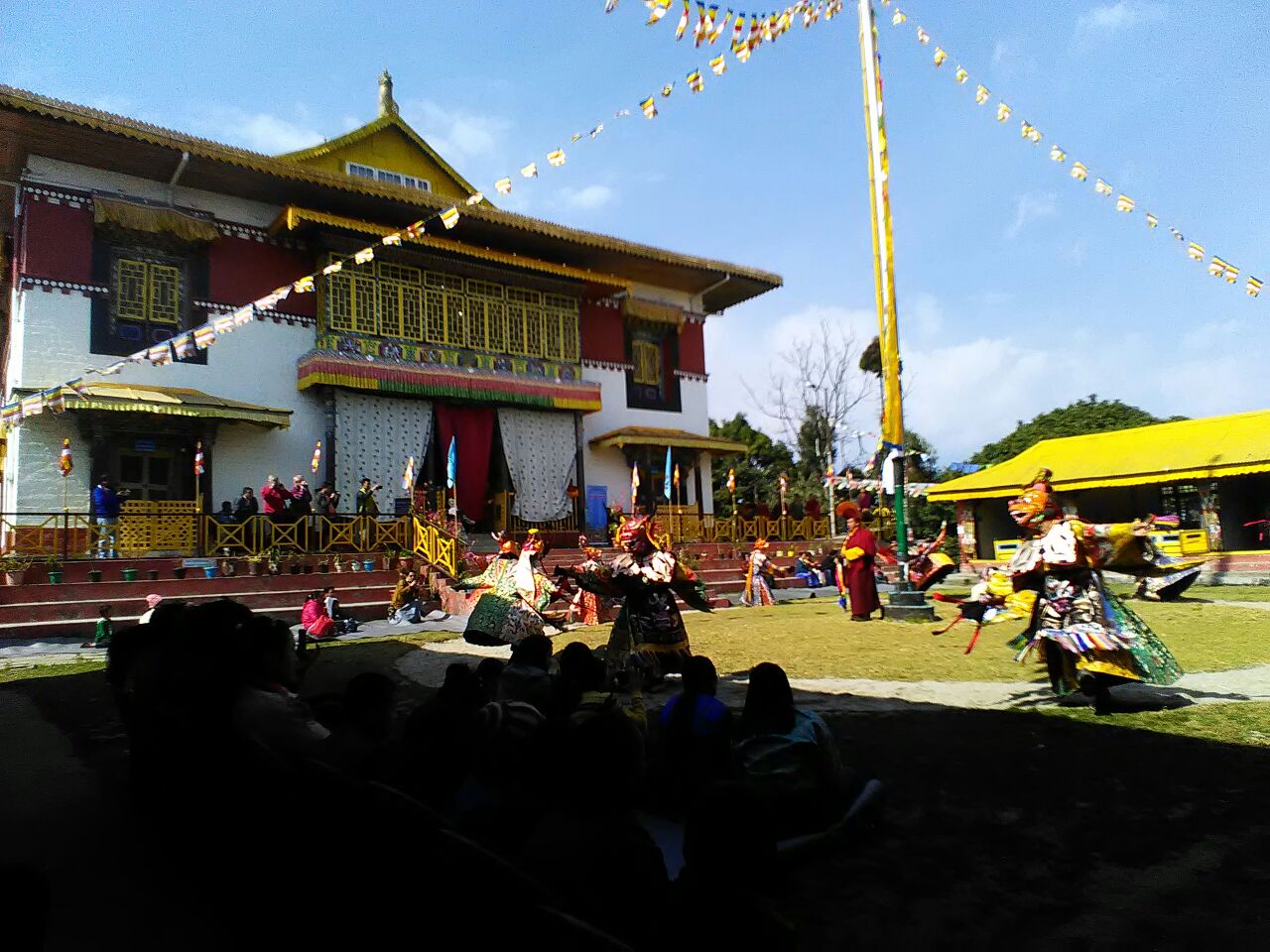Sikkim is presently the first and the only state of India promoting 100% organic farming. It is a well-organized state, promoting village tourism, a well-managed waste management system, augmenting its environment-aware society, emphatic public services, a safe and tourist-friendly environment, ticking off every right thing to do, and clearly making it one of the best visitable places in India. And rightly so, as it is also one of the most touristic regions of North East India for Buddhist tours. When you enter Sikkim for the first time, you will be forgiven for mistaking it for a different country.
What also makes Sikkim special is its strategic location; a small amoeboid-shaped region, landlocked between the three countries of Nepal in the west, the Tibetan Autonomous Region (TAR) to the north, and Bhutan to the east. This orientation means that Sikkim has been home to some of the most sensational historical events chronicled in this part of the world.
As a guide I have spent many years walking in the mountains, hills, villages and townships of this small but beautiful Himalayan region. Buddhist rituals, customs, and monasteries have played important roles in keeping the traditions alive, even after the accession with the union of India, traversing from monarchy to democracy since 1975.
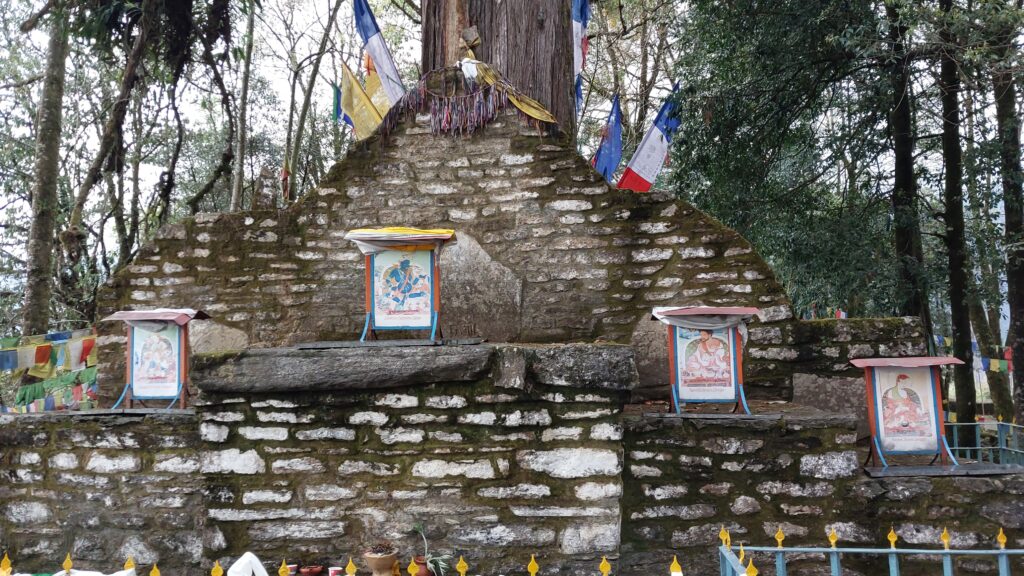
Democracy brought in secularism to the newborn state, which also meant a more vibrant community began to thrive, making it a mélange of three important tribes, namely Bhutia, Lepcha, and Nepali, forming its small population, which even today is less than 700,000 domiciled citizens. Sikkim leads in religious harmony with peaceful coexistence of Hindus (58%), Buddhists (27%), Christians (10%), and people of other faiths like Muslims, Sikhs, Jains, and of primitive native faiths, making up the rest (5%).
Amidst these overwhelming statistics and the organized chaos of daily life, a visit to the past of the erstwhile Kingdom is a therapeutic journey. The monasteries of Sikkim are some of the places that have preserved their historical past. Let us get to know Sikkim through the establishment of the monasteries that shaped its history. All of the monasteries discussed here belong to the Nyingma sect of Tibetan Buddhism.
1. Dubdi Monastery
After the consecration of the first King of Sikkim (then Denzong), Chogyal Phuntsog Namgyal, Gyalwa Lhatsun Chenpo, the founder of Vajrayana Buddhism in Denzong, established a meditational retreat for himself in 1642 AD, which one can imagine then as being a small house, on top of a densely forested hill overlooking the village of Yuksam. Later in 1701 AD, Chakdor Namgyal, the 3rd King of Sikkim, renovated the retreat. Since the lineage holders of Sikkim were of Tibetan heritage, the influences of the Tibetan architecture, with intricate stone and woodworks, paintings, and roofs with a Sertog, a golden pinnacle signifying the zenith of spiritual wisdom, can be unmistakably noticed.
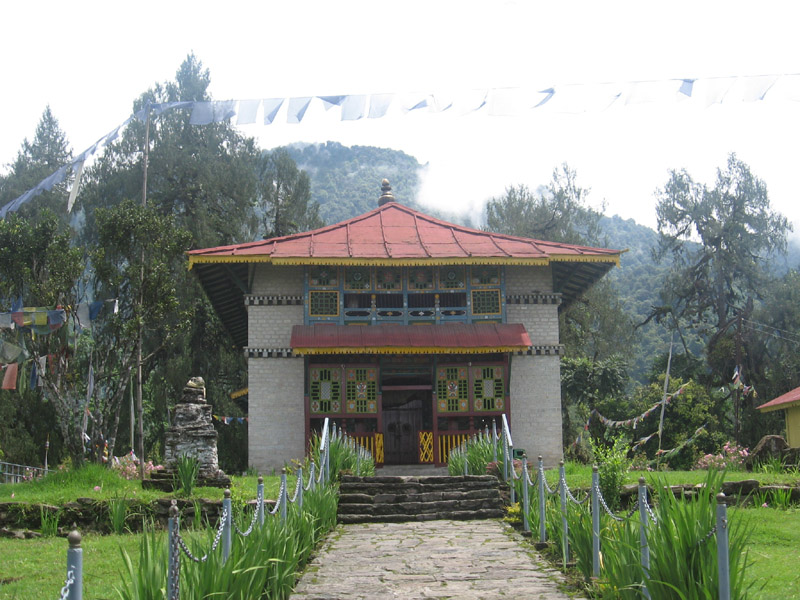
Inside the Lhakhang, the prayer hall has an altar dedicated to the founding master, Gyalwa Lhatsun Chenpo, and his two compeers, Kathok Rigzin Chenpo, and Ngadak Sempa Chenpo. The first floor is a library and a meditation hall adorned with scriptures and thangkas
The monastery continues to be run by the village clergy for the villagers, while the maintenance and heritage protection are provided by the Archeological Survey of India (ASI).
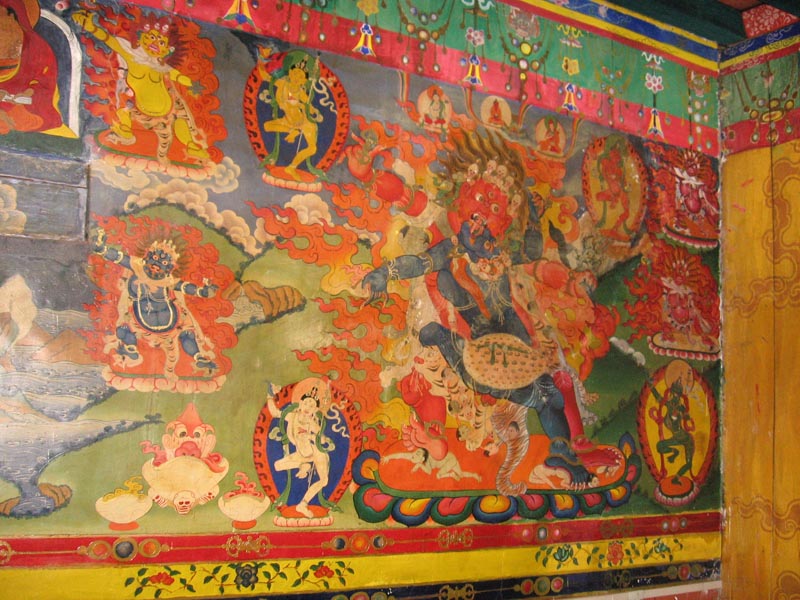
In the past, access to the monastery was only possible with an hour or so of an uphill hike through the dense forest. Today, you can drive close to the monastery area. Although to reach the temple compound, you will still need to hike for about 10 minutes. The old hiking route from the village also exists for those who are in the mood for a bit of adventure.
2. Sangachoeling Monastery
Perched on a hilltop above the ridge town of Pelling, Sangachoeling monastery is still one of the most scenic monasteries in Sikkim. One amusing occurrence that kept happening frequently in the temple premises when I used to visit in the past was the monastery’s effort to portray it as the oldest monastery in Sikkim. I remember vividly seeing a board written “Built in 1642. Oldest Monastery of Sikkim”. Although that board is no longer visible today and the claim has probably subsided, a fact is that this monastery was also founded by Gyalwa Lhatsun Chenpo, the master who established the Dubdi monastery.
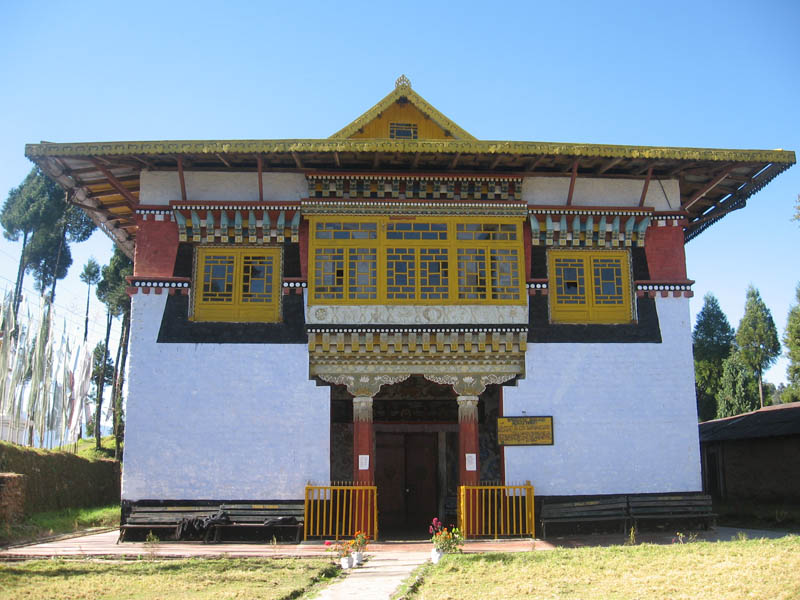
Until about fifteen years back, the only approach to this monastery was a steep walking trail that led through the forested hill. I remember hiking up to Sangachoeling monastery was a truly beautiful experience, especially in the months of October, November, March, and April. It took about an hour’s walk, and brought you to the temple courtyard, which offered a magnificent view of the mountains to the right and the deep valley to the left. In the last decade, there has been a rapid development in the area, with new tourist points like Skywalk, Ropeway, and a massive statue of Chenrizig, with the Lhakhang inside. Naturally, a recently completed motorable road permits the area to be extremely busy during tourist seasons. The view of the valley is, however, still there from the burnt stone viewpoint that lies in front of the monastery. There may be many variables of the stories of this burnt stone; however, the one that makes historical sense is the now hushed story about the attack from the Gorkha forces of Nepal during the 17th Century, who allegedly burnt some of the collection of holy scriptures and relics on the very stone platform. After this attack, the remaining relics of the Sangachoeling monastery were shifted temporarily to North Sikkim.
The monastery has two floors. The ground floor houses a prayer hall and an altar where a white statue of Dorje Sempa (Vajrasattva) sits. The upper floor has a small shrine of the protector deity (Gonkhang), where the resident monk conducts his daily prayers. The hall outside has a series of altars dedicated to the pantheon of Buddhas, including that of a statue of Kunzang Yab-Yum, representing the union of wisdom and compassion, statues of manifestations of Guru Rinpoche, Namgyalma, Dzambala, and a dark blue colored statue of Gyalwa Lhatsun Chenpo, the patron saint of Sikkim.
3. Pemayangtse Monastery
The literal translation of the word Pemayangtse is “Perfect Sublime Lotus”. This is the third monastery established by Gyalwa Lhatsun Chenpo. As I hinted earlier, the competition to be the oldest monastery of Sikkim was very much a serious sport until a decade back. Interestingly, Pemayangtse monastery was more absorbed in taking the second position! Historically founded by Lhatsun Chenpo, around 1647 – 1650 AD, as a small sanctum in the honour of the Precious Master, Guru Rinpoche. The third Chogyal of Sikkim, Chakdor Namgyal, renovated the monastery around 1705 AD, and established the tradition of “Ta-Tshang”, a monk body consisting only of pure-bred Bhutia males of Tibetan heritage. This tradition continues to this day. One can also understand that the purpose of this was to carry out all the religious and ritualistic obligations of the erstwhile royal family of Sikkim.
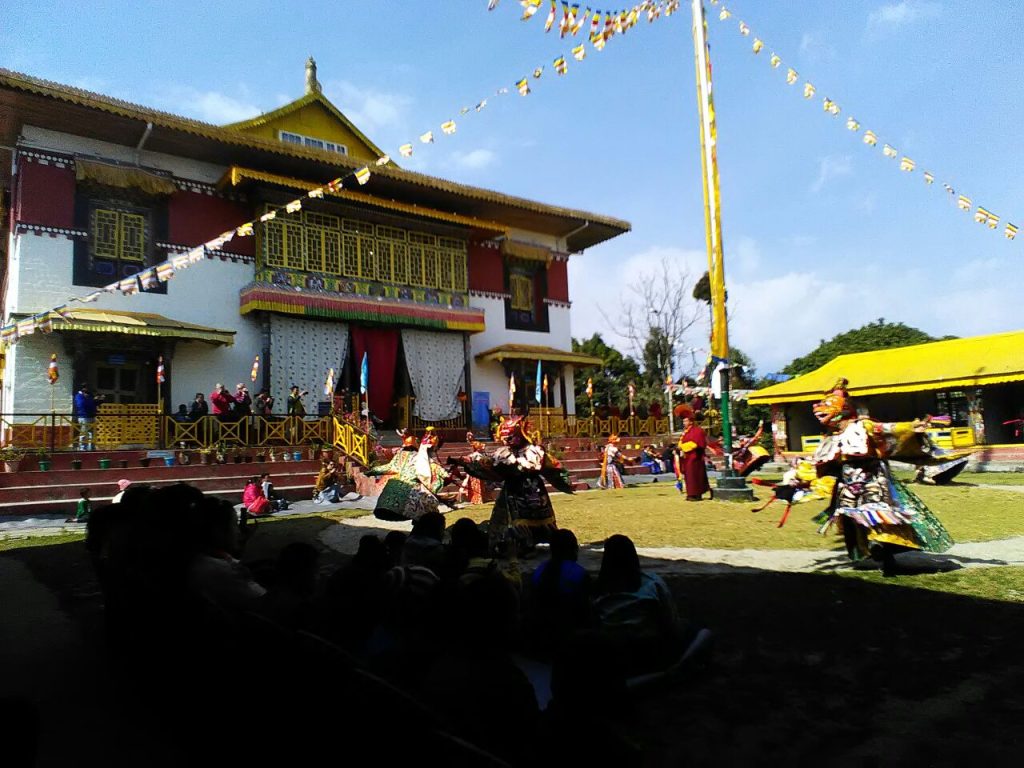
The monastery complex houses a small courtyard, where the Chaam or traditional mask dance, world peace prayer ceremonies like the Monlam Chenmo, and such important rituals are held.
Inside the monastery building, there are three floors. The ground floor is a prayer hall with an altar dedicated to the statues of Vajrakilaya, Lord Buddha, and his two disciples, Guru Rinpoche and his two spiritual consorts, and Chenrizig with his two consorts. The first floor has two rooms, one dedicated to Guru Rinpoche and his eight manifestations, also known as Guru Tsen-Gye. The other room is a library and is dedicated to the wall paintings of one thousand Buddhas. However, the most special tier of Pemayangtse monastery is the third and topmost floor, which houses a magnificent wood carving of celestial paradise called Zandok Palri, or the Glorious Copper Coloured Mountain, the pure land of Guru Rinpoche. This seven-tiered relic was single-handedly crafted by the Late Dugzin Rinpoche in the 60’s in about five years.
Incidentally, when I first visited Pemayangtse monastery in the early 2000’s the entrance fees was Rs. 20/- per person and today it is Rs. 100/- per person. I guess this is how “price is subject to change” notes work.
4. Tashiding Monastery
One of my personal favourites among the monasteries of Sikkim, visiting Tashiding monastery is a pilgrimage and a journey to the rural past of Sikkim. It is built in 1642 AD by Terton Ngadak Sempa Chenpo, on top of a hill rising from the banks of River Rathong and River Rangeet, and joined by the southeast ridge of Yuksam. The monastery was further renovated by Chakdor Namgyal around the year 1717 AD. Similar to Sangachoeling and Dubdi, in the past there was no road connectivity to this monastery and the only way was to hike the hill through a small monastic village, with cardamon plantations and maize fields. Those were exhilarating hiking days from a visitor’s point of view. With the coming of roads, the villages and temple areas prospered, and these cannot be undermined in the large scheme of things.
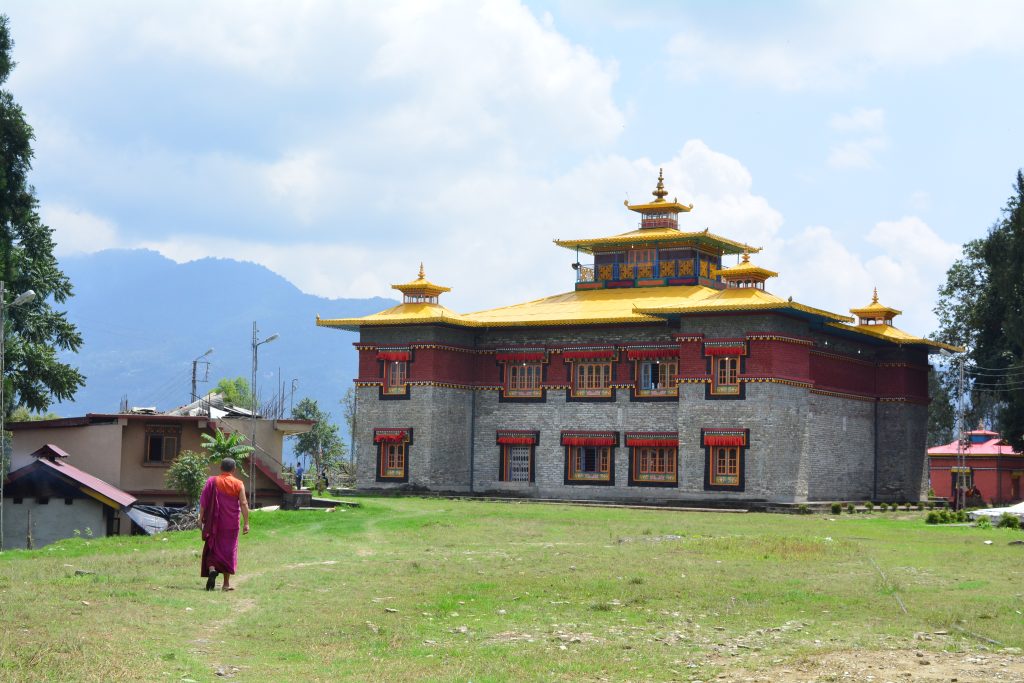
The exterior of the main monastery building has recently been renovated, although the interior retains the old Lhakhang and wall paintings. The temple complex is serene and meditative.
For first-time visitors to the Tashiding monastery complex, the serenity and breezy location are enough to mesmerize and keep them for hours exploring the area. For the devotees, the Tashiding monastery is a pilgrimage site because it houses an important relic from the 7th Century AD, a sacred vase blessed by Guru Rinpoche, which was rediscovered in the 17th Century AD by Terton Ngadak Sempa Chenpo, who placed it in the monastery and started the tradition of Bumchu or the festival of the sacred vase of holy water. The festival will be entering its 380th anniversary next year.
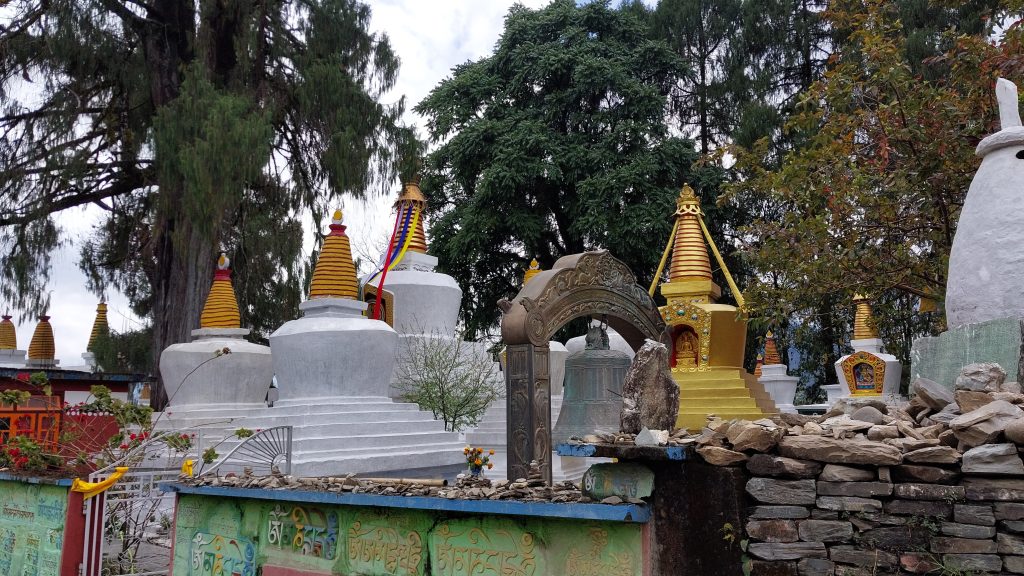
Besides the Bumchu, Tashiding monastery is also well known for the Chorten complex, with the most holy stupa (Chorten) in Sikkim called locally as Thongwa Rangdrol, or the stupa that has the power to cleanse your sins by a mere glimpse of it.
Today, one can approach this fascinating monastery by road as well as by hiking for about an hour. Visiting Tashiding Monastery should be a top priority for those considering Buddhist tours in Sikkim.


